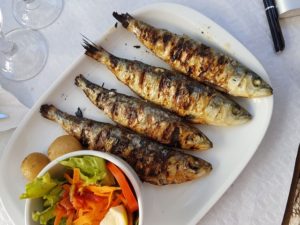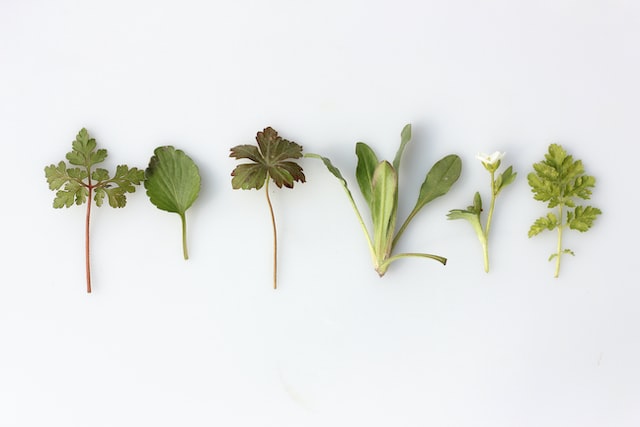
The origin of the Espeto de Sardinas: the Malaga tradition that has become a worldwide success
Summer in Spain is inevitably associated with the beach, the beach bar, and, of course, the “espeto´´.
Symbol of the most traditional gastronomy, this iconic grilled fish skewer is the most viewed image in any beach establishment. But do you know how it originated?
Traditionally native to the province of Malaga, the ´´espeto de sardinas´´ dates back to the 19th century. They are grilled on a boat and nailed to a reed in the sand.
About its origin it is known that they arise in one of the neighborhoods of Malaga, El Palo, in one of the most recognized bars of the time, even being visited by royalty: “La Gran Parada”, invented by a renowned ´´espetero´´, Miguel Martinez.

Traditionally native to the province of Malaga, the ´´espeto de sardinas´´ dates back to the 19th century. They are grilled on a boat and nailed to a reed in the sand.
About its origin it is known that they arise in one of the neighborhoods of Malaga, El Palo, in one of the most recognized bars of the time, even being visited by royalty: “La Gran Parada”, invented by a renowned ´´espetero´´, Miguel Martinez.
It is said that when King Alfonso XII ate at Miguel’s restaurant, Miguel corrected him about the use of fork and knife: “You should eat with your fingers, Sire” was Miguel’s expression that has gone down in history along with his famous dish,
indicating to the monarch that ´´espetos´´ were eaten with the hands in that Malaga of 1885.
Currently you can taste ´´espetos´´ of sardines, and other fish, throughout Spain, especially in Andalusia, although these continue to remain a classic, especially accompanied by ´´migas´´, another typical Spanish dish.

Finally, and as a curiosity, we will tell you that there is a traditional saying that indicates that the months in which the sardines have the highest quality are those that do not contain the letter “r” in their name.
This is due to the fact that they coincide with the spring and summer months (May to August), which makes them bigger and with higher fat content, and this delicacy can be better enjoyed.
And in your country, is there a similar dish? What are the most typical dishes of chiringuitos and beach bars? Tell us in the comments.





No Comments